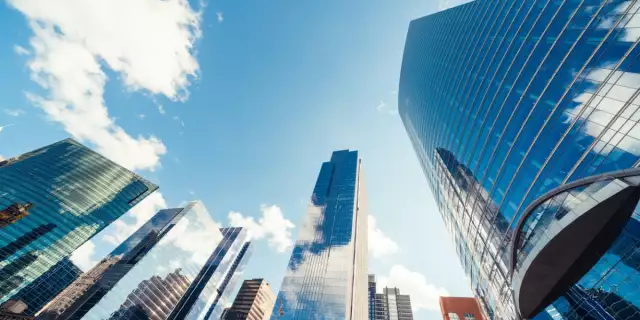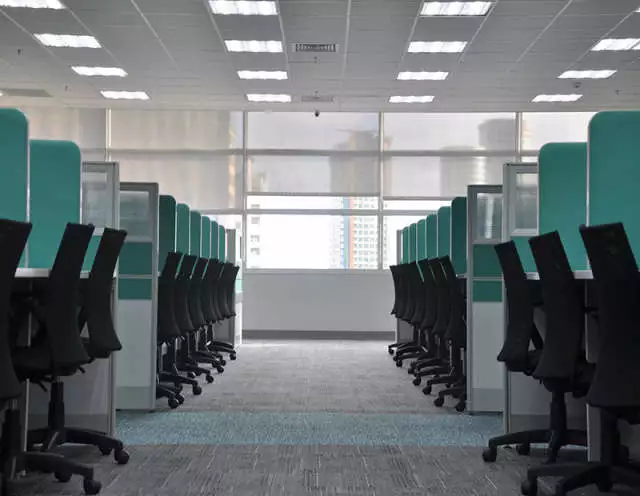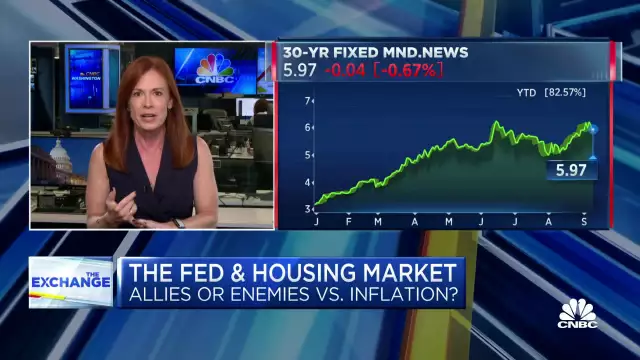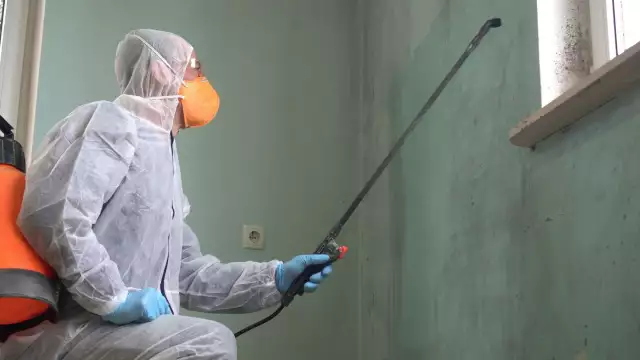How Serious is the Threat of Obsolescence in the Office Market?
To say there’s uncertainty in the office market is an enormous understatement. Companies and landlords are beginning to get more clarity as hybrid work models firm up and workers slowly trickle back to offices. But vacancy rates remain stubbornly high, and there’s been a vast difference in occupancy for newer and older buildings. The speculation about the future of work and the office market is endless. And one increasing question is whether or not a large swathe of office buildings faces obsolescence.
When something becomes “obsolete,” it has lost its function or desirability due to changing technologies, requirements, or market preferences. Eight-track tapes were the primary music delivery device from the mid-1960s to the mid-70s. Then, technological advances replaced the eight-track, giving way to cassette tapes, the compact disc, and eventually digital files like MP3s and streaming services like Spotify. Each tech shift made the previous era’s listening devices obsolete, tossing them into the dust bin of history.
The same thing can happen to buildings. Economical, functional, and physical factors can render buildings obsolete. The obsolescence can be curable or incurable, depending on the severity. Some factors like a traffic pattern shift or neighborhood zoning could be terminal because it’s outside the control of investors and building owners. They can lobby city officials for changes, but the decision is up to someone else. Other factors, like the physical aspects of a building, can sometimes be fixed as long as they can be resolved quickly and at a reasonable cost.
For the office market
The post How Serious is the Threat of Obsolescence in the Office Market? appeared first on Propmodo.





